 |
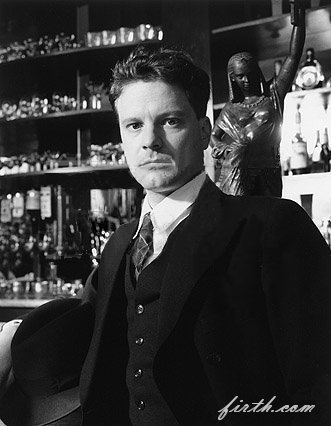 |
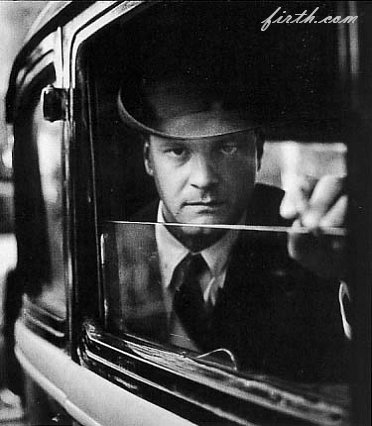 |
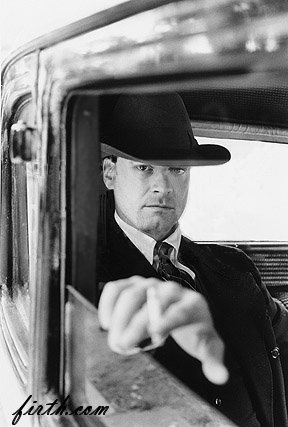 |
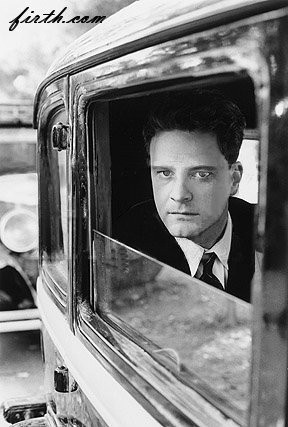 |
|
Excerpts
from “The Byronic Man,” Vogue (September 1996), by
Rhoda Koenig Workers arrange yards of hedge and clusters of palms to hide the Italian pines; one man touches up a decorative sphinx, and another dirties and ages the Thomas Cook advertisement for Nile cruises he has just painted on a wall. Then the filmmakers arrive. The director and screenwriter, Anthony Minghella, who made Truly, Madly, Deeply, checks in, as does Kristin Scott Thomas. (The film's other leading actress, Juliette Binoche, does not appear in this sequence.) ... The English Patient, adapted from Michael Ondaatje's 1992 Booker Prize-winning novel, is not a simple love story. Set at the beginning and end of World war II, it is also concerned with spying and exploration and the traumas of war. But at its core is a love affair between Thomas, playing wife of an explorer (Colin Firth), and Fiennes, as the Hungarian Count Almasy... |
|
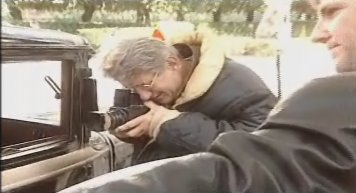 |
Eight o'clock in the morning is a little early for evening dress, but not if you're filming a complicated ballroom scene. Italian men in wing collars and black tie practice waltzing with each other to a recording of Rodgers and Hart while I resist the impulse to ask, "Come here often?" Then their real partners whose costumes take a bit more time, make their way onto the floor. Nearly all are stunning black-haired women in frocks the color of petits fours—peach lace, coffee chiffon—with some plump and elderly dancers mixed in for verisimilitude. A nice looking middle-aged woman who had come to Venice to visit her daughter passes me, unrecognizable in rolled hair and full evening rig: "I told them I could fox-trot, so they said I could be in the movie!"...
|
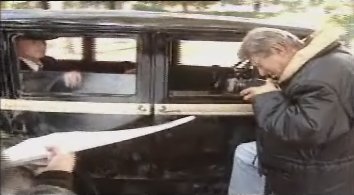 |
|
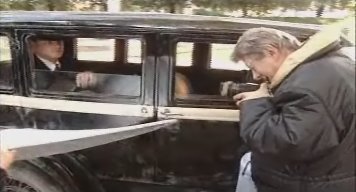 |
|
| Please
do not upload any images to your own website, club, group or community's photo album. Thank you. |
| Back to Main | Click
on boots to contact me |